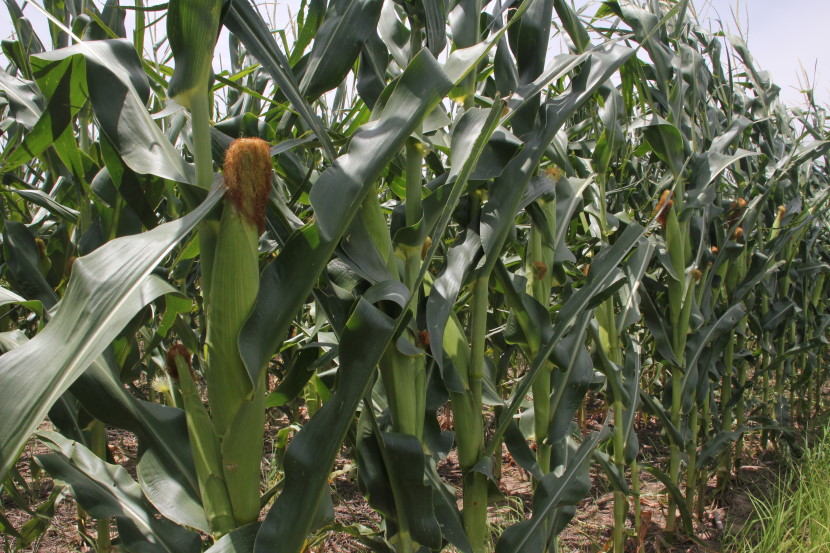Agri Innovations
BASF Research Highlights Benefits of F500 Fungicide
Wed, 07 Nov 2012 13:29:08 CST

BASF announced new research showcasing the benefits of fungicides containing F500® fungicide and how they can help growers increase yield and profit potential. The research, which was conducted by BASF in the field and in greenhouse settings, shows that BASF fungicides increase net photosynthesis in corn and soybean plants, which increases energy production, leading to increased yield potential.
"Photosynthesis is the driving engine for energy production in plants," said Jennifer Holland, Ph.D., Technical Market Specialist, BASF. "An increase in net photosynthesis means the plant has the ability to create more energy for use in the reproductive stages, which can lead to higher yield potential." The BASF Plant Health portfolio is built on the foundation of Headline® fungicide, which contains F500.
Many growers understand and believe in the importance of fungicide use for disease control, Holland explained. The growth efficiency benefit allows plants to better utilize nitrogen fertilizer and conduct photosynthesis more effectively. A fungicide containing F500 can also help a plant increase its tolerance to stressful conditions, including drought and extreme temperatures. Stress weakens a plant and lowers photosynthesis, leading to a decrease in yield potential. When combined, the outcome amounts to healthier plants, higher seed quality, stronger stalks and ultimately increased yield potential.
Recent BASF research shows added benefits of fungicides containing F500 at the plant physiology level results in higher yield potential and increased profitability. In 2012, BASF conducted a greenhouse study on the benefits of fungicides in varying water conditions. Using a similar methodology to the in-field trials, BASF measured net photosynthesis of plants under water-stressed conditions, as well as plants under normal water conditions. Both conditions compared the net photosynthesis of plants treated with a fungicide containing F500, as well as untreated plants.
The results were compelling. In the study, conducted under water-stressed conditions, plants treated with a fungicide containing F500 were nearly 30 percent more efficient at net photosynthesis than the untreated plants. The fungicide-treated plants were able to handle stress better than untreated plants, which can lead to higher yield potential.
In a 2011 in-field study conducted in Illinois, corn plants treated with a BASF fungicide containing F500 were more effective at net leaf photosynthesis compared to untreated plants. These trials show an increase in net photosynthesis of corn plants treated with BASF fungicide compared to untreated plants.
"The research trials indicate fungicides containing F500 helped water-stressed plants buffer against environmental stresses," Holland said. "Water is still an important and necessary part of crop production; but the application of a fungicide containing F500 can provide net photosynthesis benefits to help a plant maximize its yield potential even in environmentally stressed conditions."
WebReadyTM Powered by WireReady® NSI


















